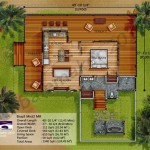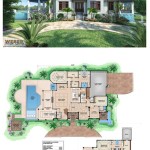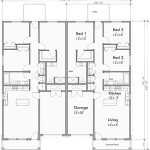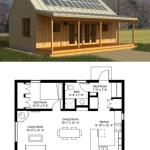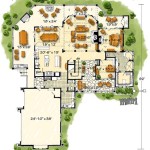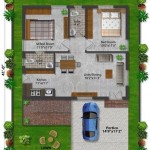Plans for Houses: A Guide to Building Your Dream Home
Planning a new home is an exciting endeavor, but it can also be a daunting process. Navigating the complexities of design, construction, and budget requires careful consideration and well-defined plans. House plans are the blueprints for your future home, outlining the layout, size, style, and structural details. They serve as the foundation for your building project, ensuring that your vision is brought to life. This article will explore the various aspects of house plans, providing a comprehensive understanding of their importance and how to navigate the planning process.
Types of House Plans
The first step in planning your home is to consider the different types of house plans available. Each plan caters to diverse lifestyles, preferences, and budgets. Here are some common types:
-
Single-story:
These plans are ideal for families with young children or those seeking easy accessibility. They are often more budget-friendly to build and maintain. -
Two-story:
Two-story plans provide more living space within a smaller footprint. They are suitable for larger families or those who prefer a more formal design. -
Split-level:
Split-level plans offer unique living arrangements with staggered levels. They are popular for their distinct functionality and visual appeal. -
Ranch:
Ranch-style homes typically feature a single level and an open floor plan. They are known for their comfortable and casual living areas. -
Modern:
Modern plans emphasize clean lines, open spaces, and minimalist aesthetics. They often incorporate sustainable features and innovative materials.
Within these categories, variations exist, including traditional, contemporary, farmhouse, and more. The choice ultimately depends on your individual needs and style preferences.
Key Elements of House Plans
Once you've decided on a general plan type, it's crucial to understand the essential elements included in house plans. These elements determine the functionality, aesthetics, and overall success of your future home.
1. Floor Plan
The floor plan is the most important part of a house plan. It depicts the layout of each floor, showing the rooms, their dimensions, and the arrangement of doors, windows, and other features. A well-designed floor plan should maximize space utilization, ensure smooth traffic flow, and create a comfortable and functional living environment.
2. Elevations
Elevations are detailed drawings that represent the exterior facades of your home. They showcase the overall design, including the roofline, windows, doors, and other architectural features. Elevations help to visualize the final appearance of your house from different angles.
3. Cross-Sections
Cross-sections are drawings that cut through the house to reveal the interior structure and details. They show the arrangement of walls, ceilings, floors, and other structural elements, providing a clear understanding of the building's construction.
4. Foundation Plan
The foundation plan outlines the design and size of the foundation, which supports the entire structure. It includes details like footings, piers, and the type of foundation material used.
5. Roof Plan
The roof plan shows the shape, pitch, and framing of the roof. It includes details about the roofing material, gutters, and other essential elements.
Creating Your House Plans
Creating your house plans can be approached in several ways:
1. Hiring an Architect or Designer
An architect or designer brings extensive experience and creative vision to the table. They can collaborate with you to develop custom plans that meet your specific needs and preferences. This option offers personalized attention and professional expertise but can be more expensive.
2. Using Pre-designed Plans
Pre-designed plans offer a cost-effective alternative. Numerous online platforms and plan providers offer a wide selection of pre-drawn plans available for purchase. While pre-designed plans might not be fully customizable, they provide a solid starting point for your project.
3. Utilizing Online Design Software
Online design tools allow you to create your own plans using user-friendly software. These platforms offer drag-and-drop features, pre-designed elements, and customization options. They provide an affordable way to experiment with different layouts and finalize your plan.
No matter the approach you choose, it's crucial to involve a qualified builder or contractor throughout the process. Their expertise ensures that your plans are feasible and meet local building codes.

House Plans How To Design Your Home Plan

House Plans How To Design Your Home Plan

Small House Design 2024001 Pinoy Eplans Floor Plans

House Plans How To Design Your Home Plan

Top 50 Amazing House Plan Ideas Engineering Discoveries Budget Plans Bungalow Floor Simple

Simple 3 Room House Plan Pictures 4 Nethouseplans Building Plans Designs With Bungalow Floor

3 Bedroom House Plans Home Designs Nethouseplansnethouseplans

Top 5 Modern House Plans With Photos Floor Archid

2 Room House Plans Low Cost Bedroom Plan Nethouseplansnethouseplans

Peach Tree House Plan Ranch Floor Designs

